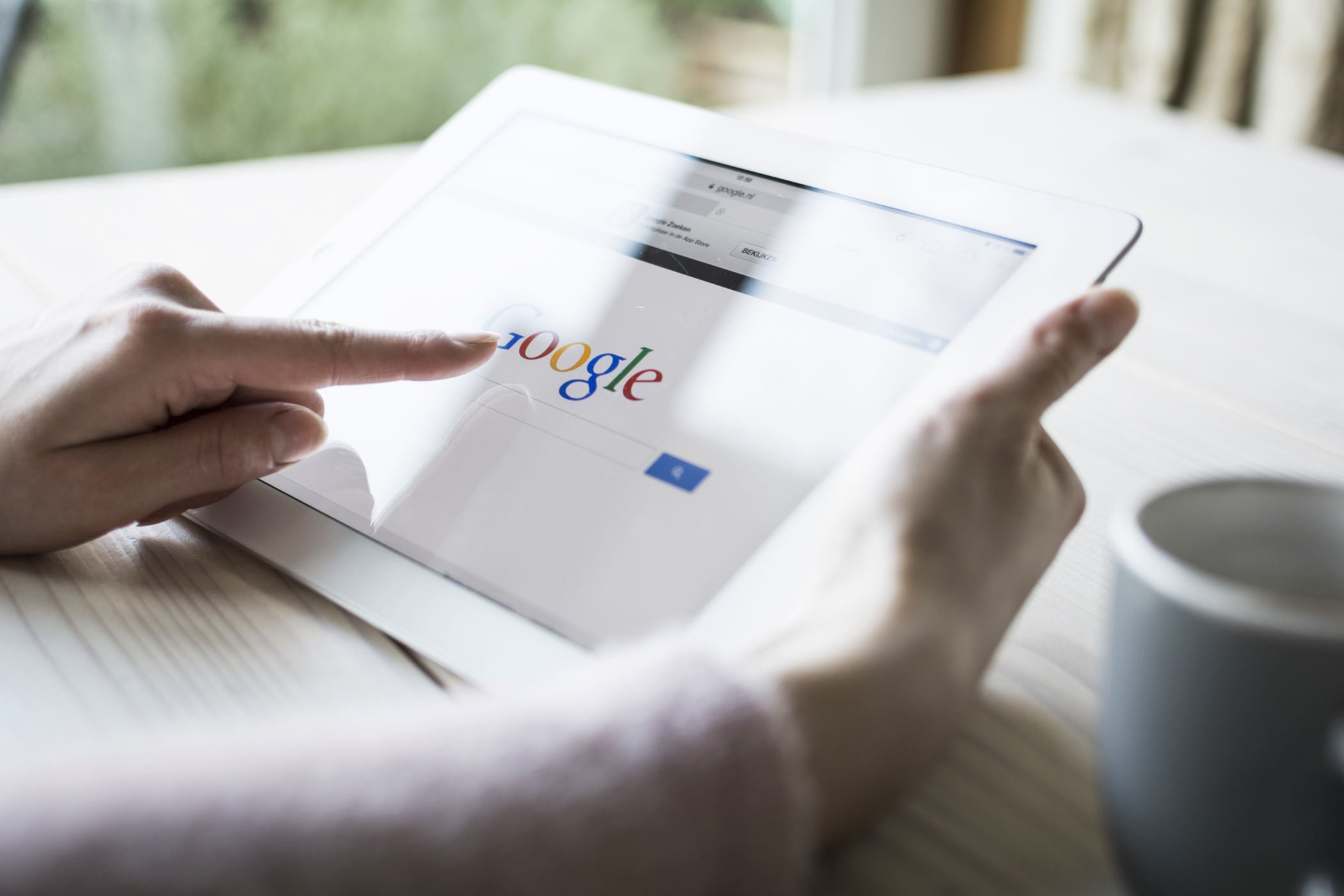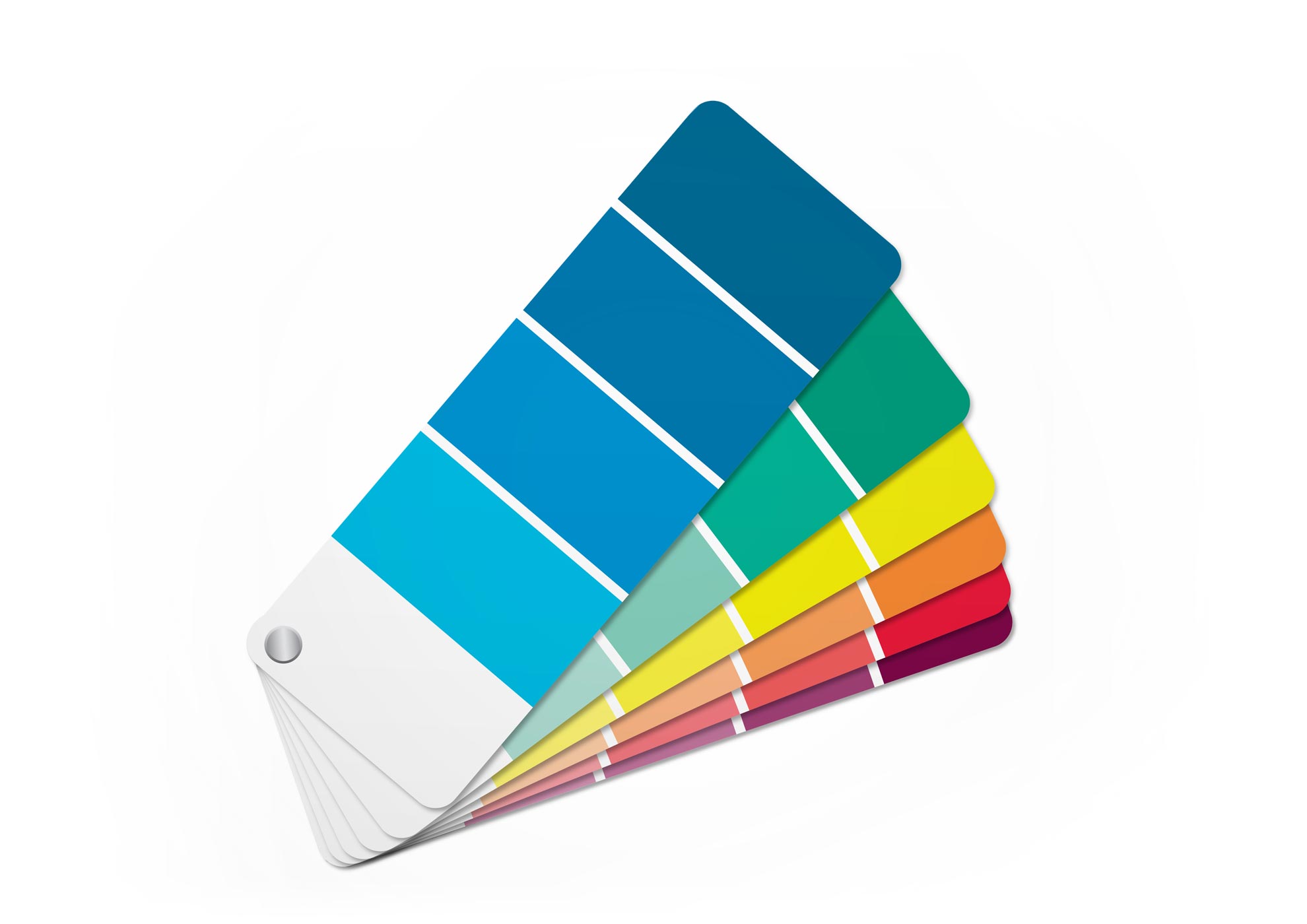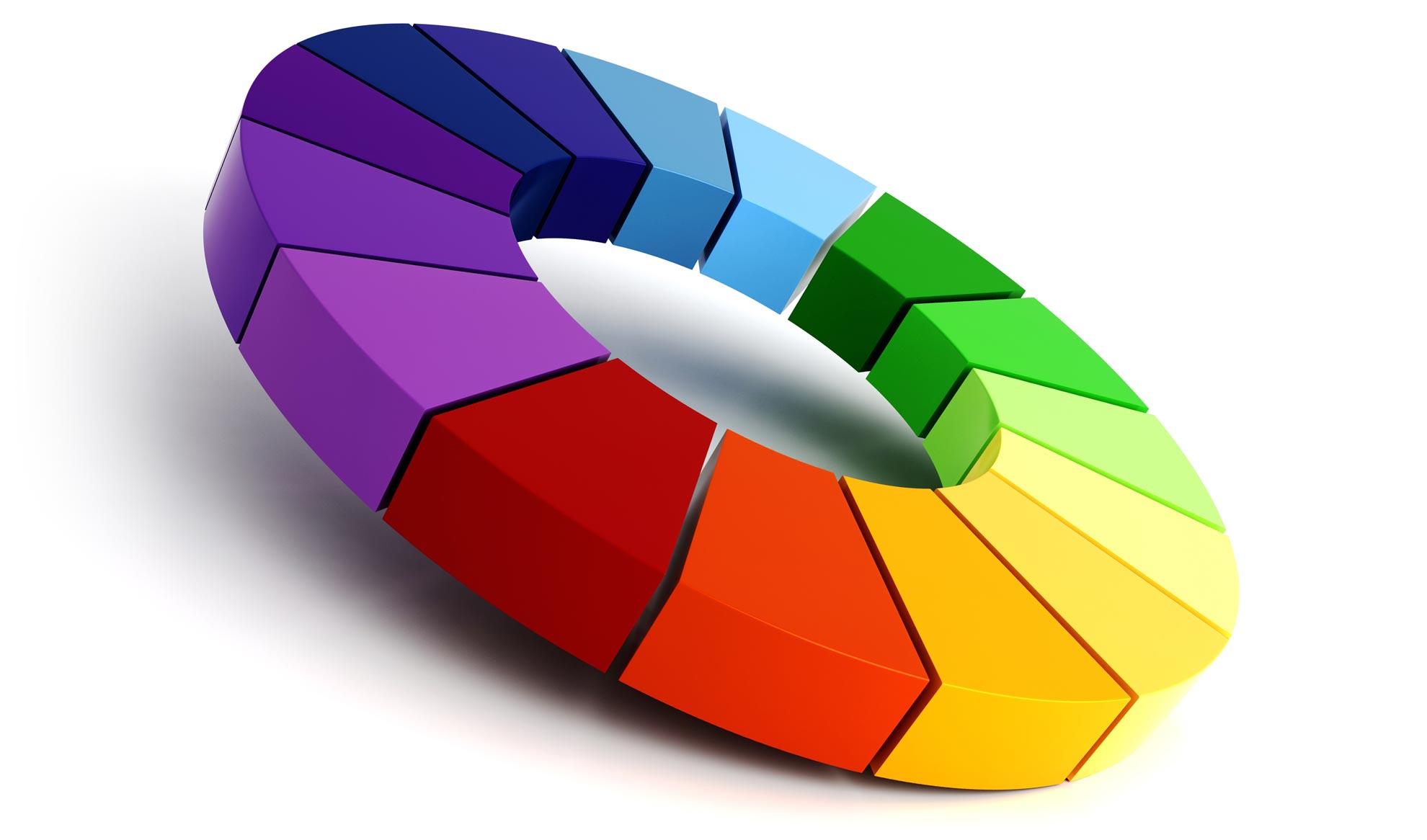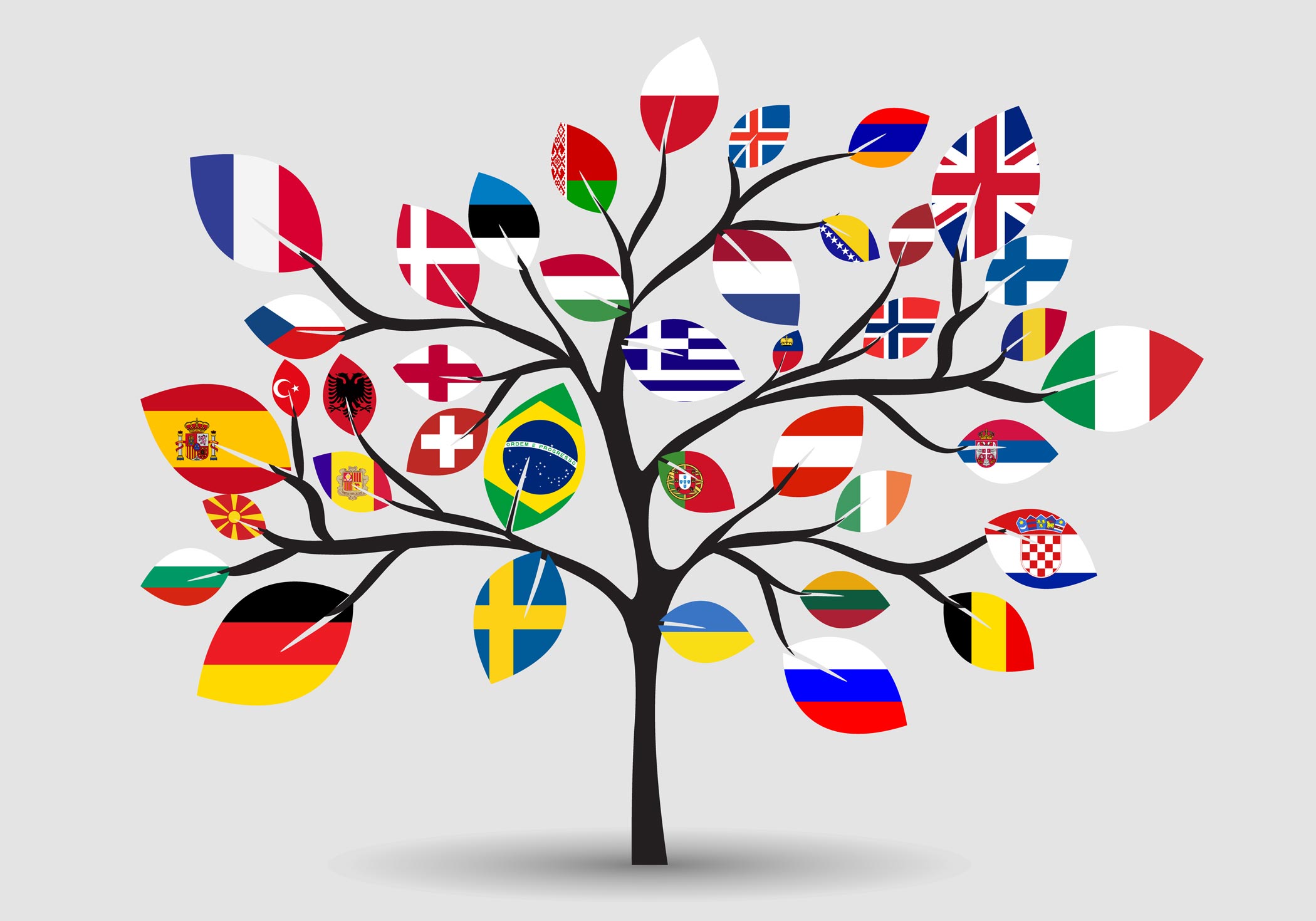Color is very powerful and is used extensively in all aspects of design. From the colors used on everyday household products, to the colors of logos, websites and marketing material, color is a very important element that can determine how viewers perceive your brand.
What is Color Psychology?
In its simplest terms, color psychology is the study of colors in relation to human behavior. Its goal is to discover how color impacts our thoughts and feelings and how it influences our daily decisions, such as what we buy.
Color is more than just a visual experience. It is also a psychological one that can have a significant impact on mood and emotion. While reactions to color can be subjective, in general, certain colors tend to elicit specific responses. For example, warm colors like red, yellow, and orange can make you feel warm or anxious, while cool colors like green and blue might make you feel peaceful or depressed.
Why Is Color Psychology Important in Design & Branding?
Color evokes an emotional response. These emotions have a significant impact on how we behave as consumers. A framework for understanding how and why we connect with brands in our lives is provided by brand color psychology.
While the impact of colors on our emotions can vary by gender, personal experience, cultural setting, and neurological differences, there are certain broad guidelines that have been supported by several color psychology studies. Understanding these guidelines gives you a valuable tool in the core purpose of branding: establishing trust within your consumers and creating loyalty. Color psychology can help you strengthen your brand and even encourage a consumer to buy your products or services.
Below is a list of the eight most used colors in brand design, along with the emotional criteria for each. Keep in mind that none of these emotional reactions are objectively linked to any one color. Context and culture are important factors in color psychology. Because a single color can evoke such a wide range of emotions, the way a brand uses color can actually make the difference between authority and aggression (black).
Psychology of the Color Red
In the psychology of color and design, red is an extremely powerful color. Depending on the context, it can convey a wide range of ideas. For example, because it is associated with fire, it can represent both warmth and danger at the same time. Most brands combine red with softer colors such as white to convey excitement while avoiding the perception of danger or aggression. After all, you want to engage your customer without making them anxious. Furthermore, red is commonly associated with matters of the heart, making it a highly emotional pigment. It is the color of passion and romance.
The color red is great for bringing images and text to the forefront of your customer’s mind. It is definitely your go-to color if you want to get people’s attention – for this reason it is an excellent choice for “click here” or “buy now” calls to action on websites and banners.
Some companies that use red in their logo and branding include YouTube, Netflix and Canon.
Psychology of the Color Yellow
Friendliness, Cheerfulness, Happiness
Yellow is a vibrant color often associated with light and sunshine which usually conveys feelings of cheerfulness and happiness. It’s a color that evokes feelings of joy and warmth in a brand.
Although yellow is widely regarded as a cheerful color, too much of it can elicit feelings of anger, anxiety, frustration and fear. Some studies even show that babies tend to cry in a yellow-colored room. Too much yellow causes impatience, while too little yellow causes negative feelings of insecurity, fear and isolation, among other things – for this reason, it is best to use the color yellow in a balanced way and to not overuse it.
Some companies that use yellow in their logo and branding include Nikon, National Geographic and Ferrari.
Psychology of the Color Blue
Loyalty, Stability, Respectability
The color of the ocean and the sky, blue represents peace, trust, and stability. It is the color of clarity and communication, and evokes a feeling of serenity and calm. Blue is one of the most commonly used logo colors for Fortune 500 companies and is especially popular among technology and financial companies. It is a color that makes customers feel secure and safe. It is even known to slow down human metabolism, creating a feeling of tranquility and is the perfect color to convey a message of confidence and success.
Some companies that use blue in their logo and branding include Facebook, American Express, Skype and Samsung.
Psychology of the Color Green
Green represents health, nature, and growth – for this reason it is often associated with companies that are eco-friendly. Darker shades of green are often used to represent money, wealth and prestige, making it a very popular color with financial companies and banks. Green is the easiest color for the eye to process, according to color psychology. It conjures up images of progress, development, and serenity.
Some companies that use green in their logo and branding include Spotify, Land Rover and John Deere.
Psychology of the Color Purple
Luxury, Success, High Quality
Purple is often associated with success, luxury and royalty – particularly in darker shades. Purple logos are frequently used by luxury goods companies and beauty brands. Purple has a luxurious effect that gives those who see it a sense of sophistication and for this reason incorporating into your website and branding is a great way to demonstrate elegance and glam.
Some companies that use purple in their logo and branding include Asprey, Hallmark and Cadbury and Yahoo.
Psychology of the Color Orange
Creativity, Happiness, Excitement
A mixture of yellow and red, the color orange symbolizes creativity and joy. Orange is a friendly color that encourages emotional energies of happiness and understanding. It is great for showing enthusiasm and building brand loyalty. It is also a great color to capture attention, often used by companies in the food industry, as well as companies specialized in kids’ products.
Some companies that use orange in their logo and branding include Amazon, Fanta and Timberland.
Psychology of the Color Black
Elegance, Sophistication, Modernity
The total absorption of all colors is represented by black, but instead of it making you feel absent, it represents authority, sophistication, and elegance. Black is a symbol of power. When used correctly it is timeless, stylish and adds an element of mystery to any design; however, when used incorrectly, it can be associated with negative concepts such as sadness, aggression, and even death.
Some companies with black logos include Apple, Chanel, Puma and Sony.
Psychology of the Color White
Purity, Simplicity, Cleanliness





